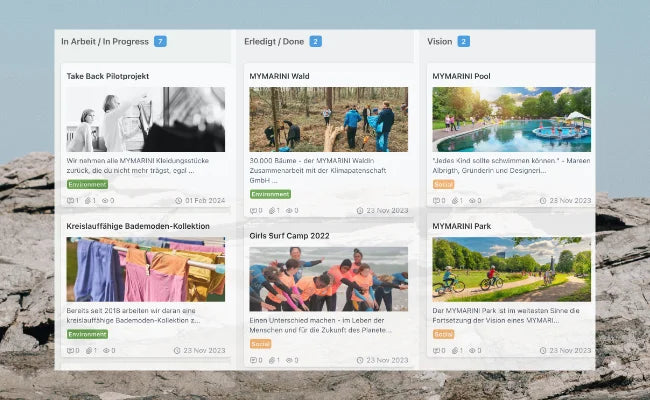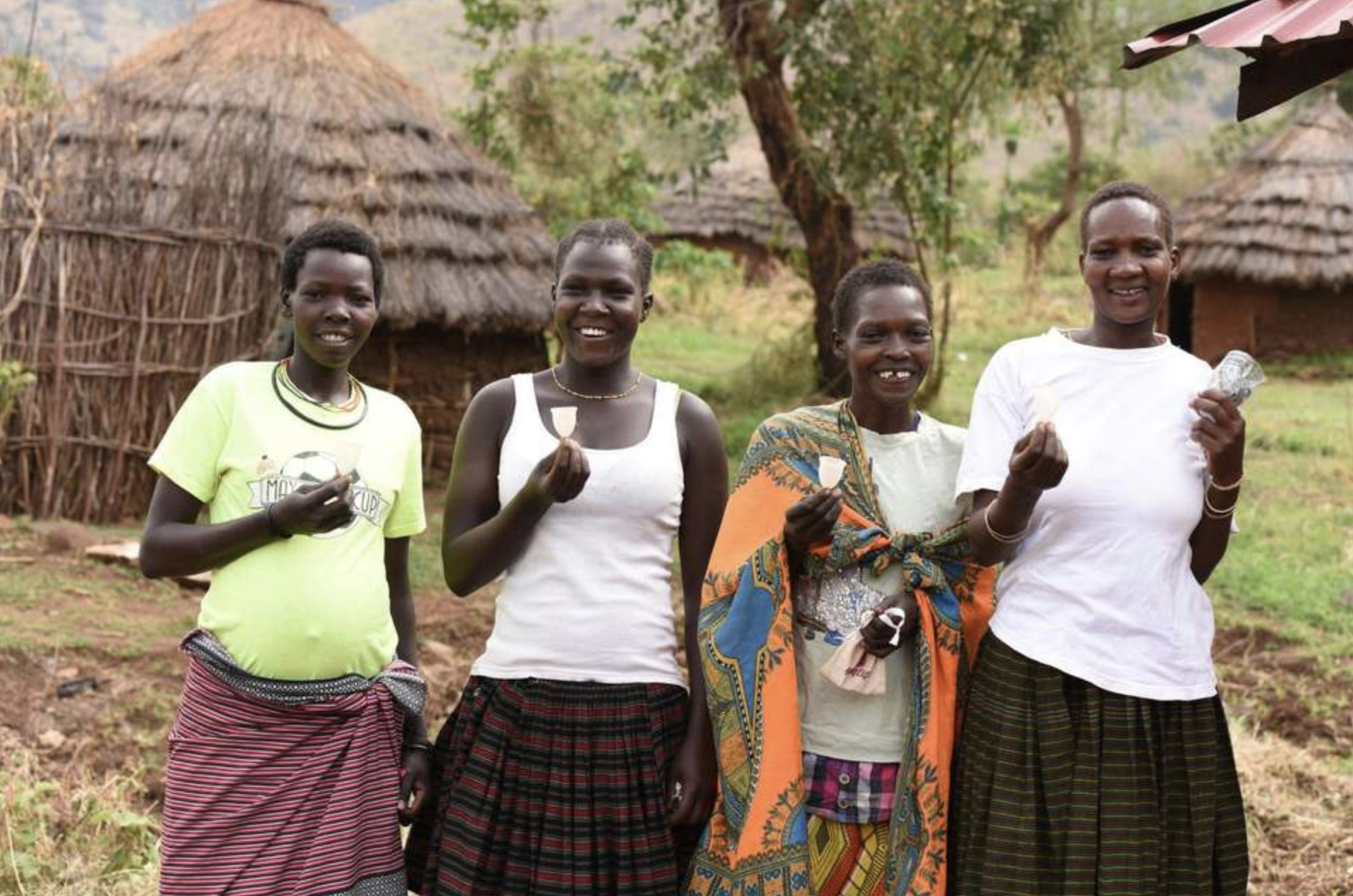
Virtual Water & Water Footprint
You know we love water, that's why we care to protect it.
When thinking about saving water we need to think beyond our obvious water use for cooking or taking a bath. Because everything we use, wear, buy or eat needs water to be produced.
Virtual Water
You may have come across this term in the context of food or textile production before, but what does it imply?
Virtual water is mostly invisible for customers, as it describes the total amount of water required to produce goods. Hence, to grow and harvest plants, processing, packaging, shipping and so on.
When making a cup of coffee, we only see the direct amount of water used, let’s say 150ml. If the amount of virtual water is included to grow and harvest the beans, shipping, roasting, and to prepare the coffee, it sums to an average of 140 liter. This corresponds to the amount of using a shower for 10 minutes.

Water Footprint
According to the Water Footprint Network
“The water footprint is a measure of humanity’s appropriation of fresh water in volumes of water consumed and/or polluted.”
So the water footprint, describes the total amount of water used for manufacturing and is intended to help us understanding what the limited global freshwater resources are used for. However, the impact of this depends heavily on where the water is taken from and when.
It is not fundamentally a problem if one product requires more water than another, if the main water source is precipitation and the runoff is not contaminated with pesticides or chemicals. Problematic is the water usage for irrigation or contaminated water especially in regions with high water scarcity.
Cotton agriculture is a good example. When grown organically, without pesticides and in regions that require less irrigation due to favorable climatic conditions, the production can save up to 91% water compared to conventional cotton production.
To get an overview of the water consumption of different everyday products or to check your personal water footprint, you can visit www.waterfootprint.org.
Some general ideas to reduce your personal water footprint by paying attention to invisible water content:
- Buy fruits and vegetables that are regional and seasonal
- Avoid food waste
- Choose organic/sustainable cotton over conventional cotton
- Make sure to use what you have to a maximum of time
- Choose refurbished electronics over new ones
- Overall, consume consciously and inform yourself about the products you purchase





